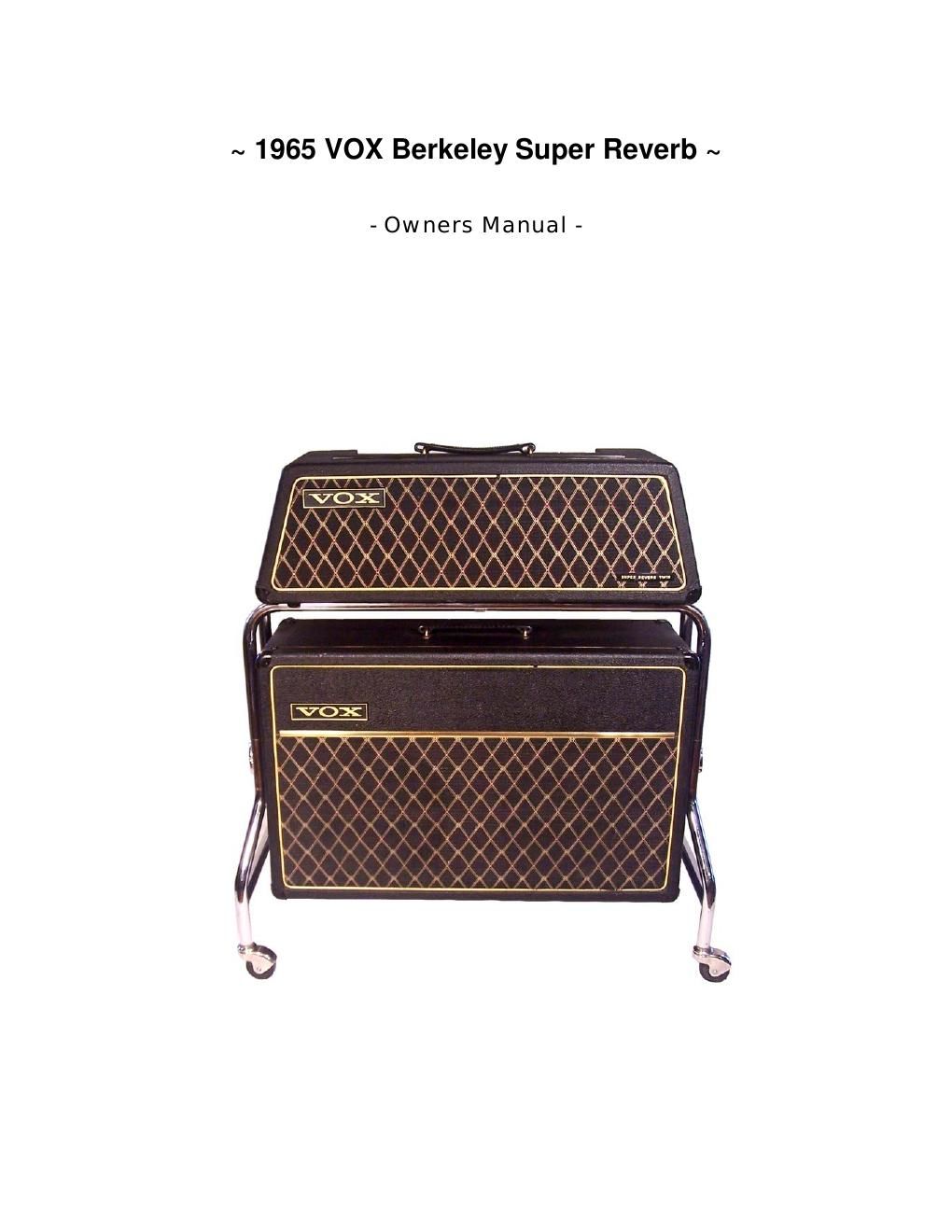Vox berkeley super reverb twin owners manual schematic
This is the 10 pages manual for vox berkeley super reverb twin owners manual schematic.
Read or download the pdf for free. If you want to contribute, please upload pdfs to audioservicemanuals.wetransfer.com.
Page: 1 / 10
